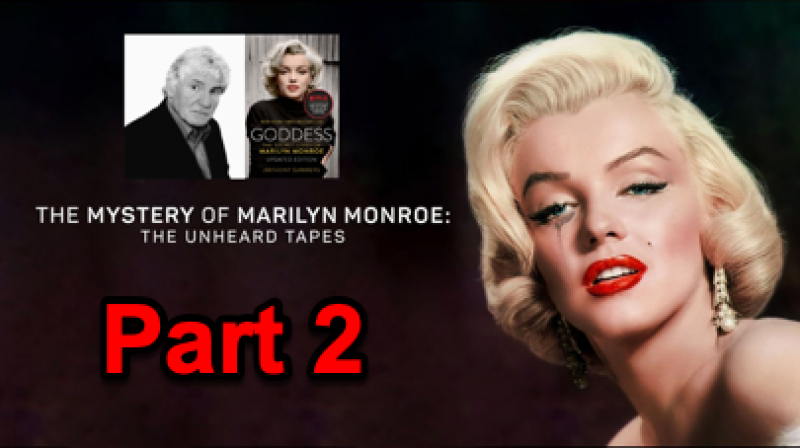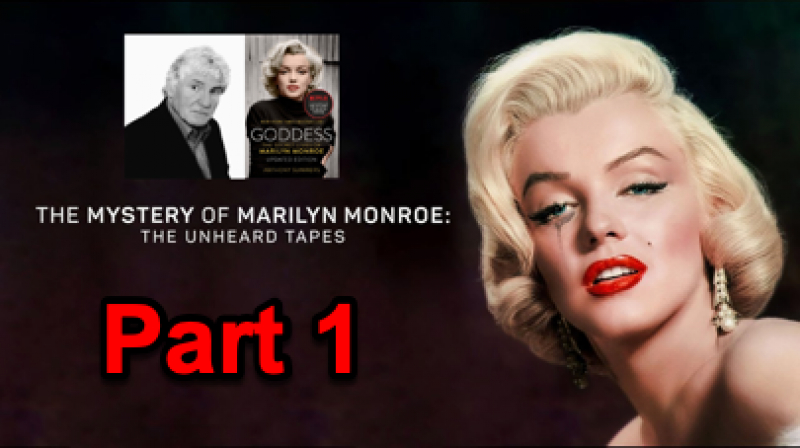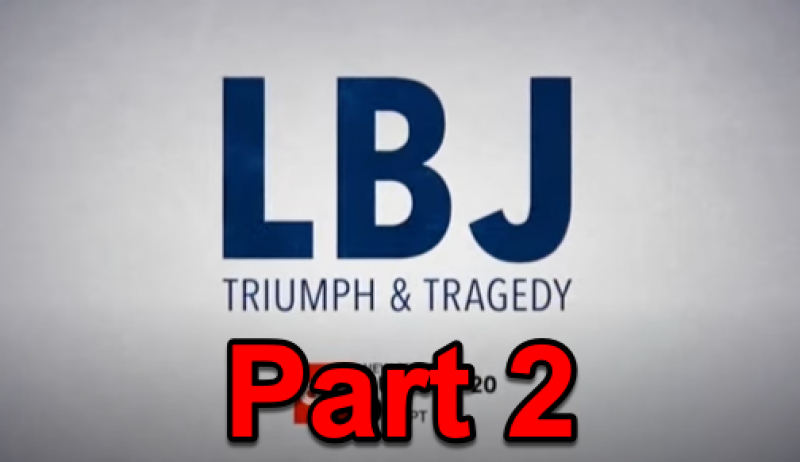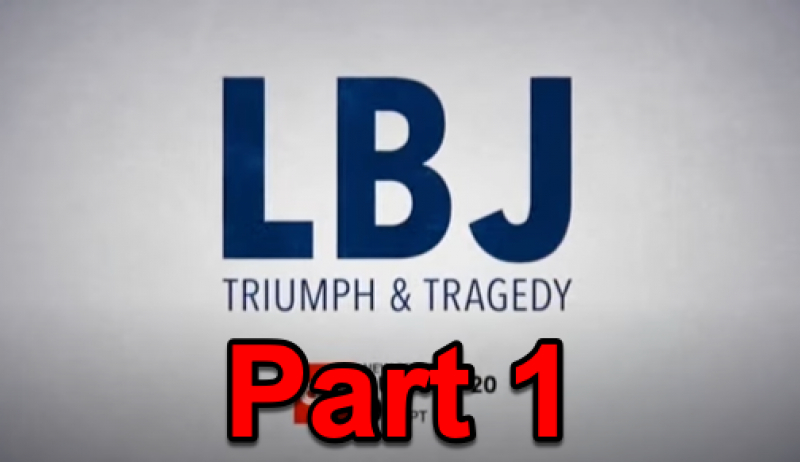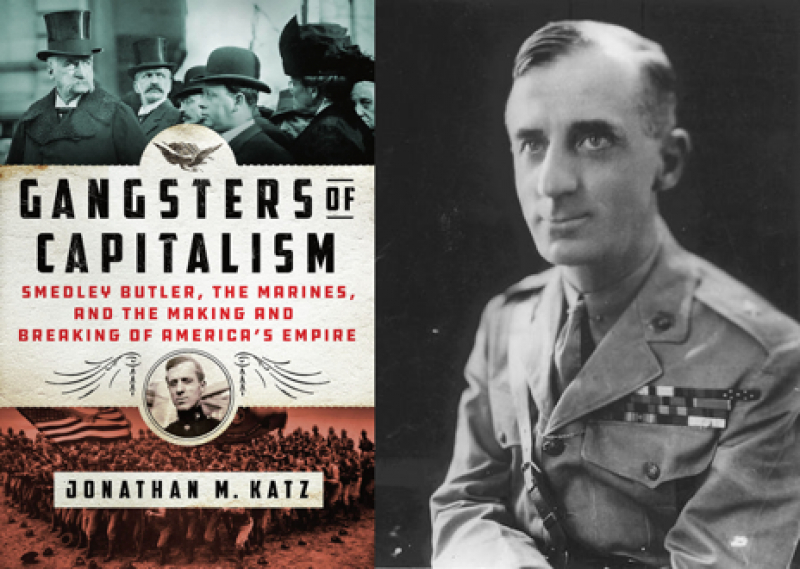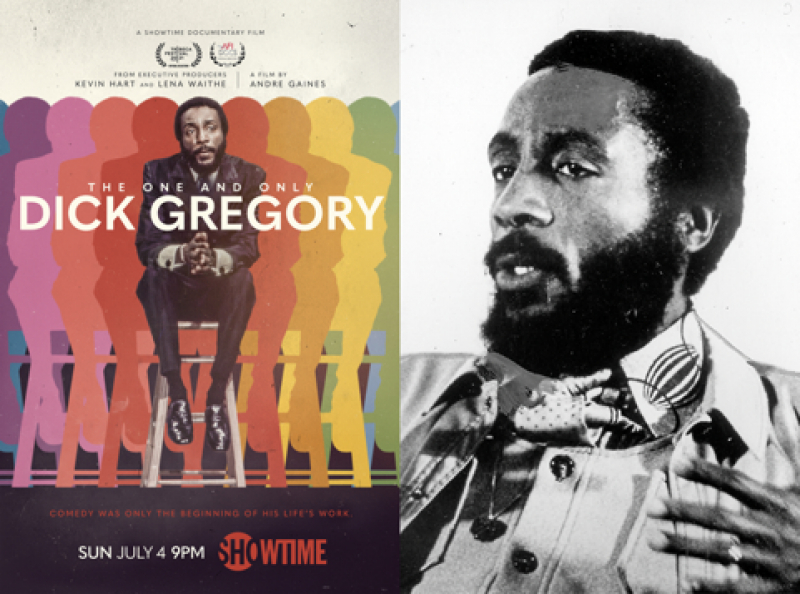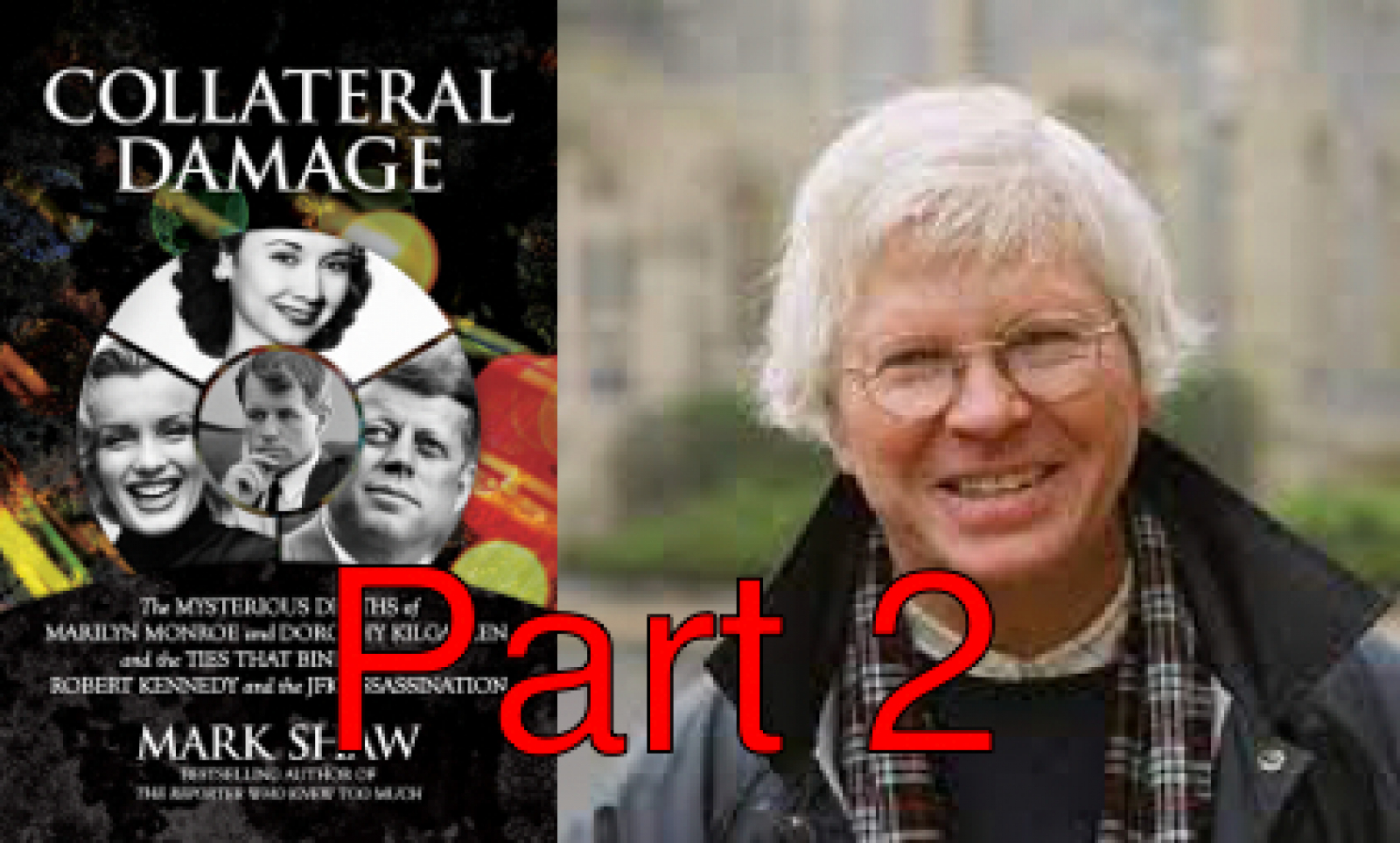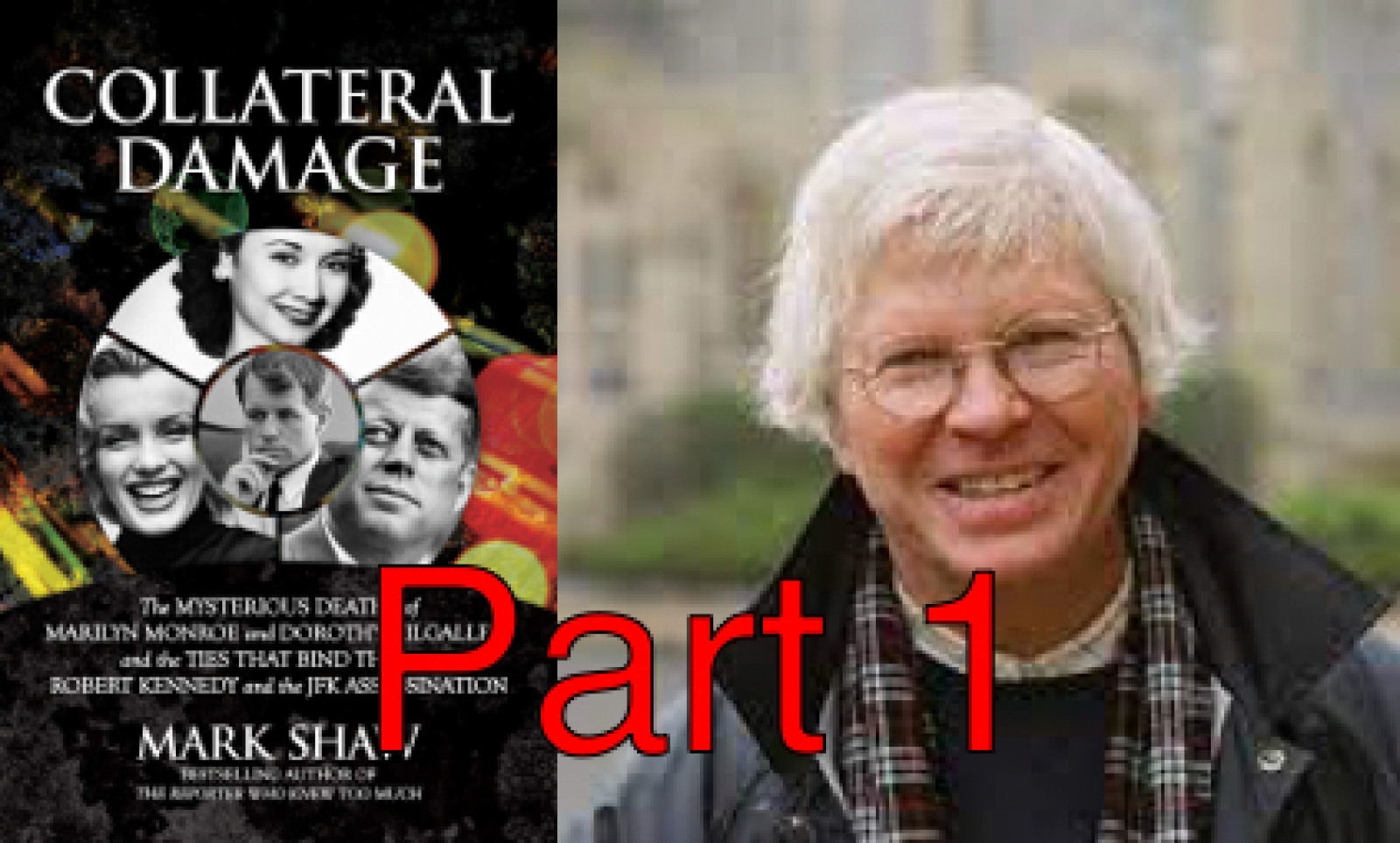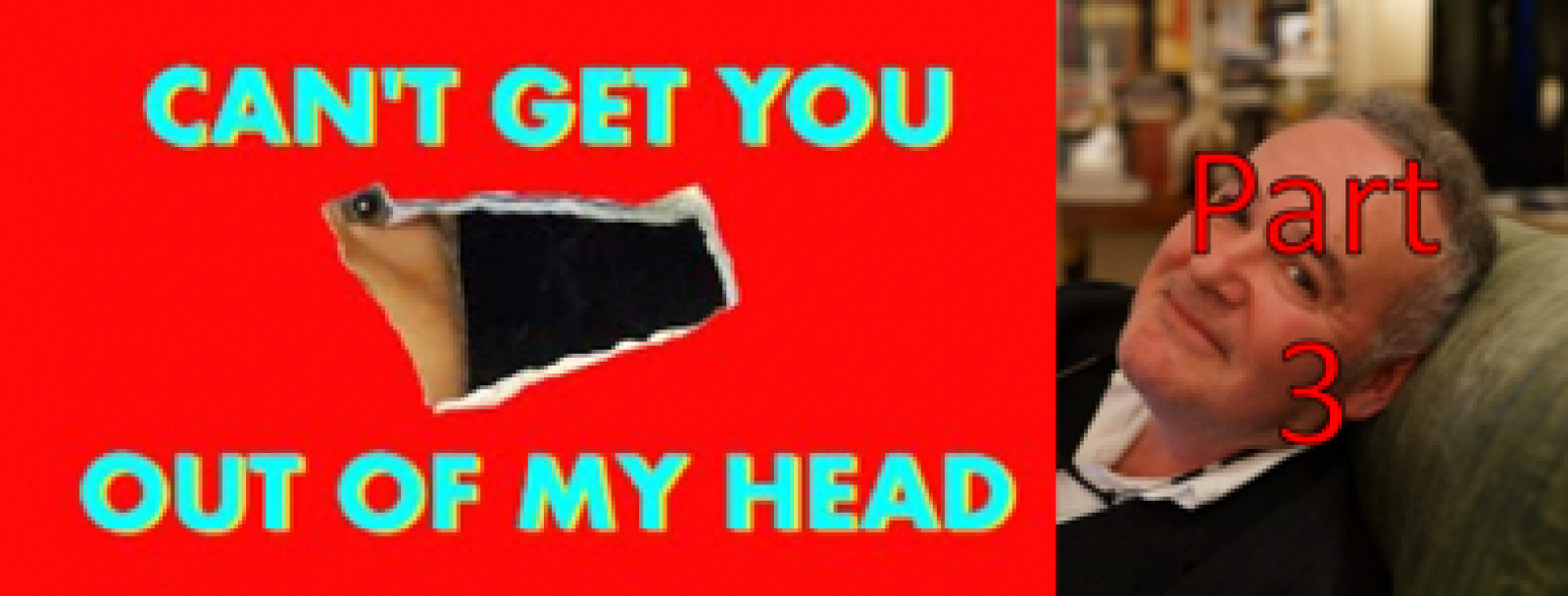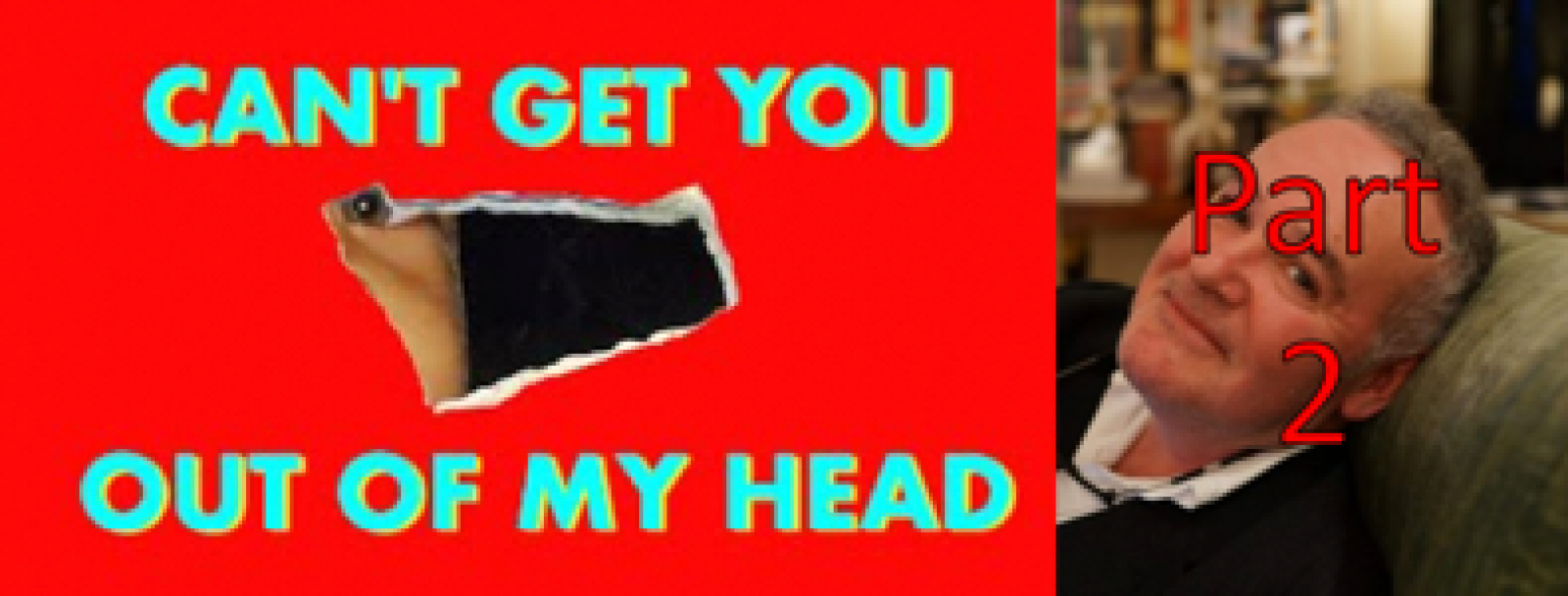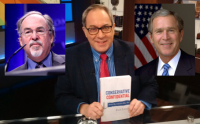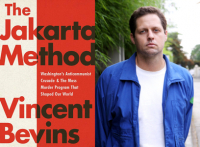Don McGovern wraps up his assessment of Netflix’s newly hyped documentary, The Mystery of Marilyn Monroe: The Unheard Tapes, by exposing the evidence that Anthony Summers excluded from the film and deducing that the “documentary” is, in actually, just a sensationalized melodrama featuring dramatized pantomime by unidentified actors where viewers are treated to maudlin music and grimy film-noir-like cinematography.
Now that Netflix has released its newly hyped documentary, The Mystery of Marilyn Monroe: The Unheard Tapes, Don McGovern starts his assessment of the sometimes dubious content and often dubious qualifications of the sources interviewed by Anthony Summers in these “unheard” tapes in part 1 of this two-part article. McGovern notes that Summers offers some commentary as well about his investigation into Marilyn’s life and her death, but, sadly, primarily about her death and her sex life.
Jim DiEugenio completes his review of this disappointing and less-than-candid four-part series about Johnson and his presidency, LBJ: Triumph and Tragedy, by reviewing the details of Johnson’s entrance into Vietnam and his escalation of the war that ultimately led to the fragmentation of the Democratic Party and a descent into militarism from which the nation has yet to recover.
Many historians tend to give President Lyndon B. Johnson credit for policies that President John F. Kennedy actually originated and then assign blame to JFK for policies that LBJ actually originated. Jim DiEugenio sets the record straight in part 1 of his series on CNN’s Joseph Califano-inspired mini-series LBJ: Triumph and Tragedy.
Ron Canazzi, a new contributor to KennedysAndKing, reviews Jonathan M. Katz’ new book Gangsters of Capitalism: Smedley Butler, the Marines, and the Making and Breaking of America’s Empire with a particular view toward the overlap of Smedley Butler’s military deployments with the business exploits of Sullivan Cromwell and Brown Brothers Harriman and toward the parallels with the assassinations of the 1960s and the insurrection of January 6th, 2021.
Jim DiEugenio evaluates the new Showtime documentary, The One and Only Dick Gregory, and provides missing insight into Gregory’s work with Martin Luther King, Jr. and his expanding agenda toward opposition to the Vietnam War and focus on the common class struggle that culminated in the Poor People’s March.
Collateral Damage: Mark Shaw’s Public Atrocity, Part 2
Written by Donald McGovernDonald McGovern continues his review of Mark Shaw’s Collateral Damage by examining Shaw’s odd photographic evidence and the many wrong depictions contained in the book, by analyzing Shaw’s contrived murder scenario using a bulb syringe as the weapon, and by summarizing Shaw’s scholarship and thesis, concluding that he not only engaged in rumor, opinion, gossip, and innuendo, but in the worst form of gross speculation and evidence creation.
Collateral Damage: Mark Shaw’s Public Atrocity, Part 1
Written by Donald McGovernDonald McGovern reviews Mark Shaw’s recent book Collateral Damage, largely about the deaths of Marilyn Monroe and Dorothy Kilgallen, and discovers that the author recklessly engaged in twisting the facts to suit his theories through the use of a fabricated friendship, peculiar and unreliable resources, discredited witnesses, and more in Part 1 of a two-part analysis.
Deep Fake Politics: Empire and the Criminalization of the State
Written by Aaron GoodSaving his best for last, Aaron Good finishes his review of Adam Curtis’ Can’t Get You Out of My Head with Part 3, dissecting the methods Curtis uses to muddle the truth and revealing his tendency to dissemble when dealing with very crucial aspects of state criminality, the dual state, geopolitics, Western imperialism, and the West’s adversaries.
Deep Fake Politics: The Prankster, the Prosecutor, and the Para-political
Written by Aaron GoodAaron Good continues his review of Adam Curtis’ Can’t Get You Out of My Head with Part 2, which explores how Curtis relies heavily on Kerry Thornley in developing his bizarre take on “conspiracy theories” and then omits, distorts, and cherry picks facts to present his interminable exploration of our current dystopia.
More...
With an eye toward the Indochina machinations inherited by President John F. Kennedy, Jim DiEugenio reviews the new book Why the Vietnam War? by Michael Swanson, who foreshadows the fact that Kennedy was trapped by his own advisors and how his removal would lead to an epic tragedy.
Deep Fake Politics: Getting Adam Curtis Out of Your Head
Written by Aaron GoodAaron Good shares Part 1 of his review of Adam Curtis’ Can’t Get You Out of My Head, which examines the problems with Curtis’ view of postwar US hegemony and his obscurantist tendencies regarding US monetary policy and international finance.
Litwin’s Follies concludes: Fred finds his mentor. He and David Horowtiz blow up the decade of the sixties. Forget JFK and his assassination, we must learn to love Rudy Giuliani, W, and the Iraq War.
Jim DiEugenio reviews Vincent Bevins new book The Jakarta Method by demonstrating how he fitted the facts to a pre-conceived narrative rather than fairly considering the actual facts regarding the development of the Cold War and JFK’s foreign policy.
Copyright 2016-2022 by kennedysandking.com • All Rights Reserved


